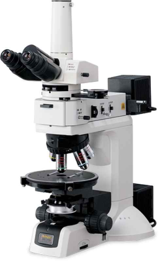
Polarized Light Microscopy (PLM) is a critical analytical tool in the characterization of drug powders, vital for understanding their microstructural properties and behavior. PLM is particularly adept at providing insights into:
PLM Process for Drug Powder Analysis
Applications of PLM in Drug Powder Analysis
Why Choose The Solubility Company for PLM Analysis?

Determining the crystallinity of each sample. Differentiate between crystalline, amorphous and partial crystalline samples.

Analysing the shape and size of drug powder particles to estimate the impact on developability.

Determine if samples are uniform or a mixture of different crystal species.

Viikinkaari 4
00790 Helsinki
FINLAND
1 Broadway
Cambridge MA 01242
United States